Here’s a list of flower names that begin with the letter J. With an emphasis on common and easy to grow varieties:

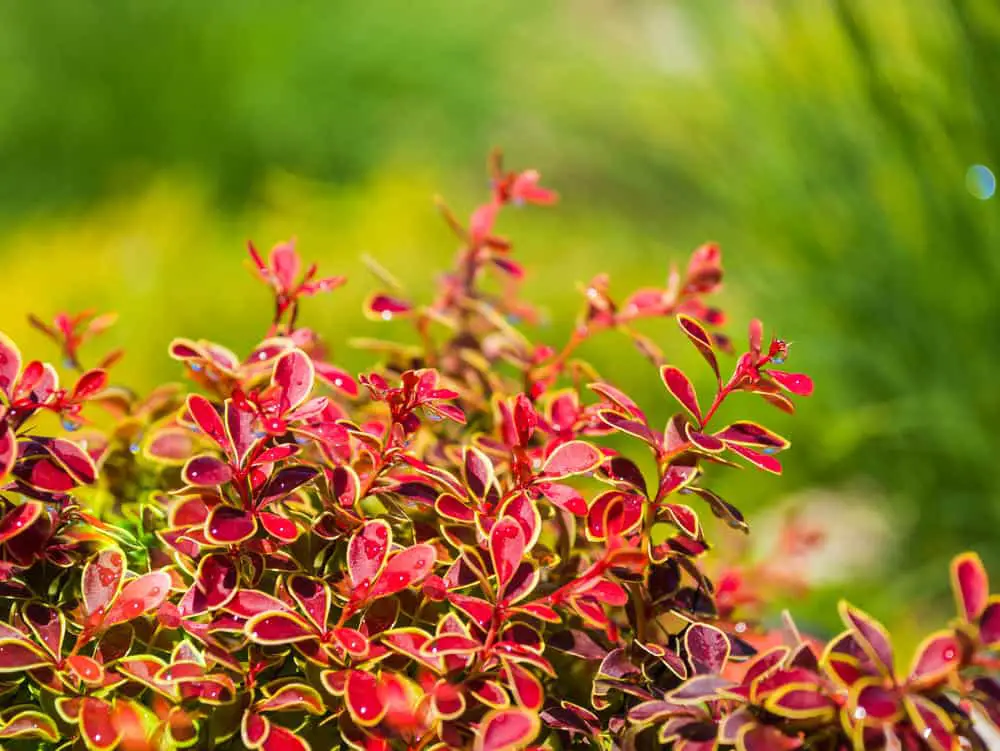
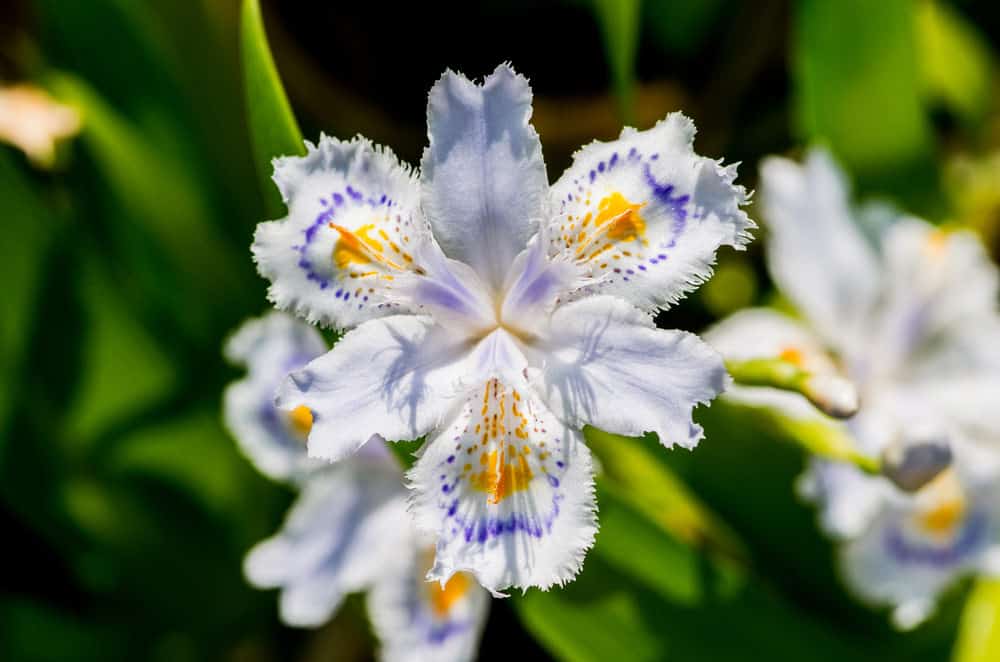
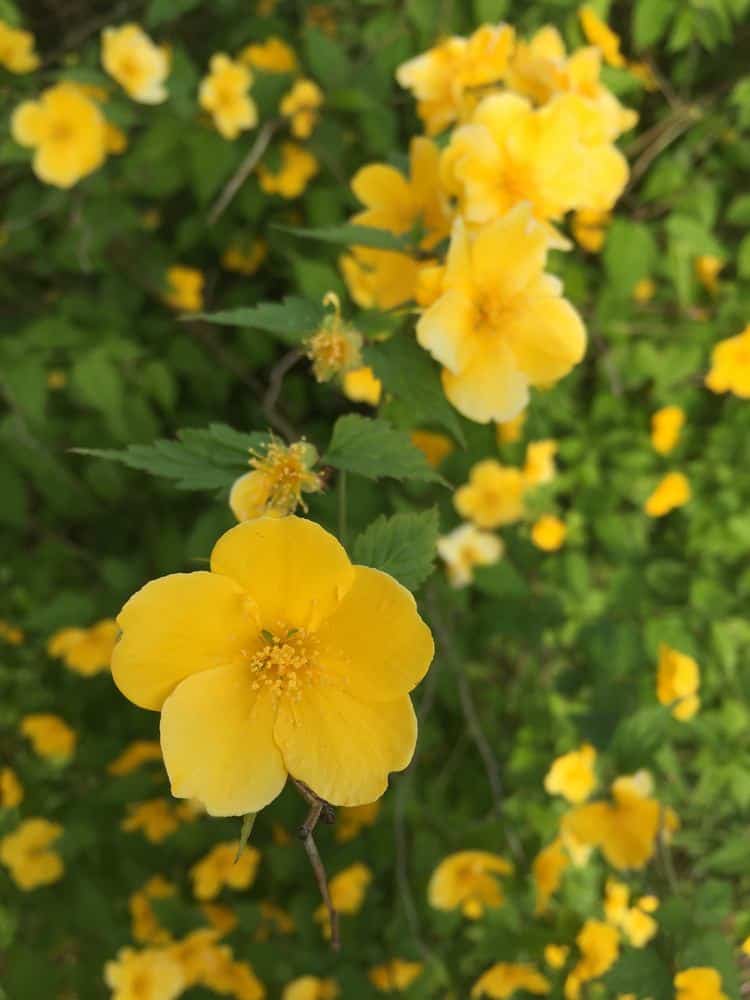
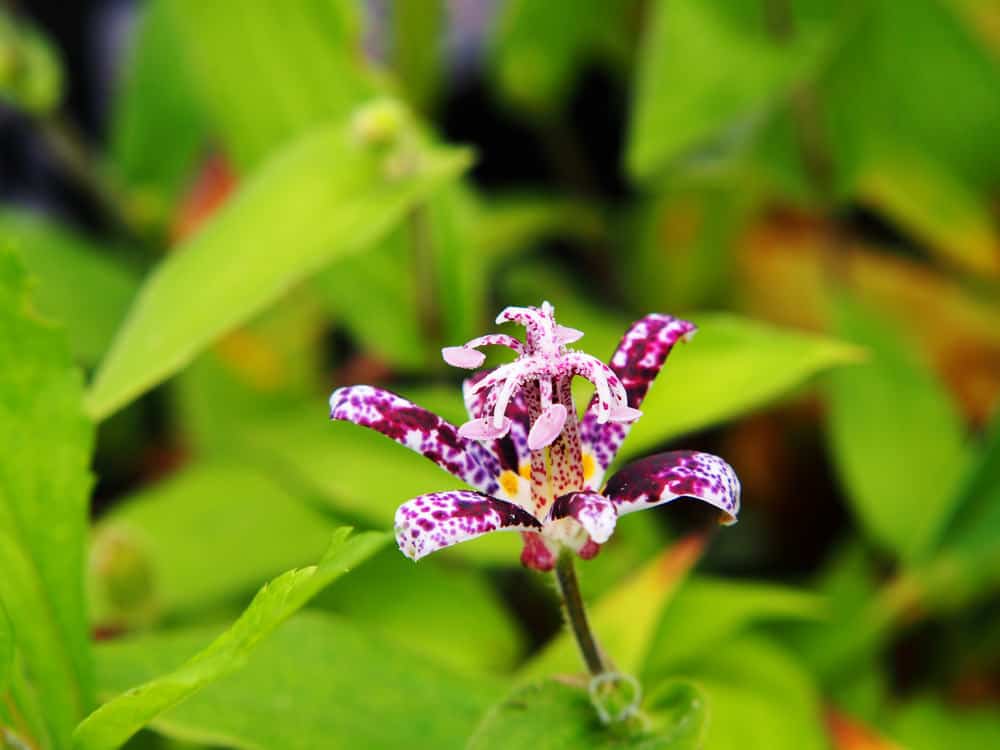
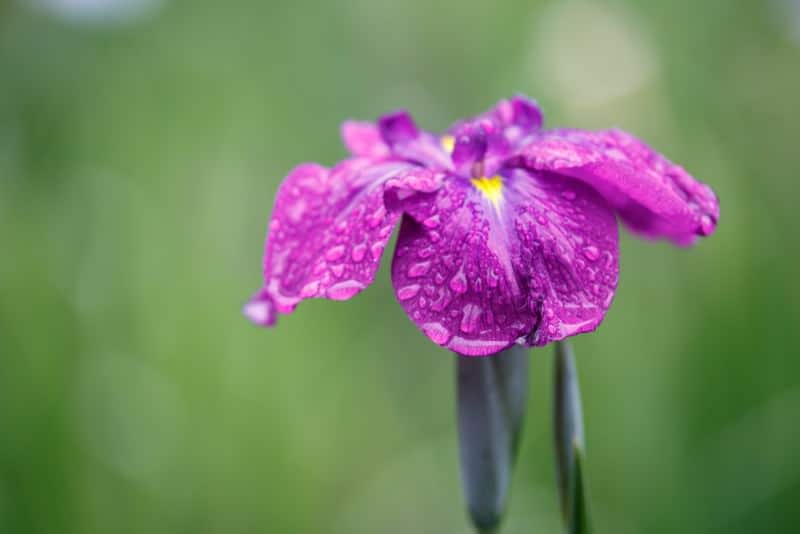
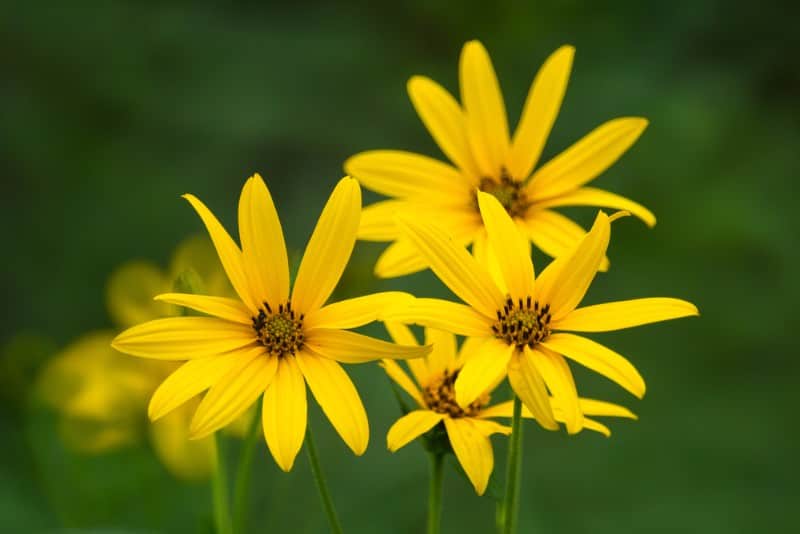
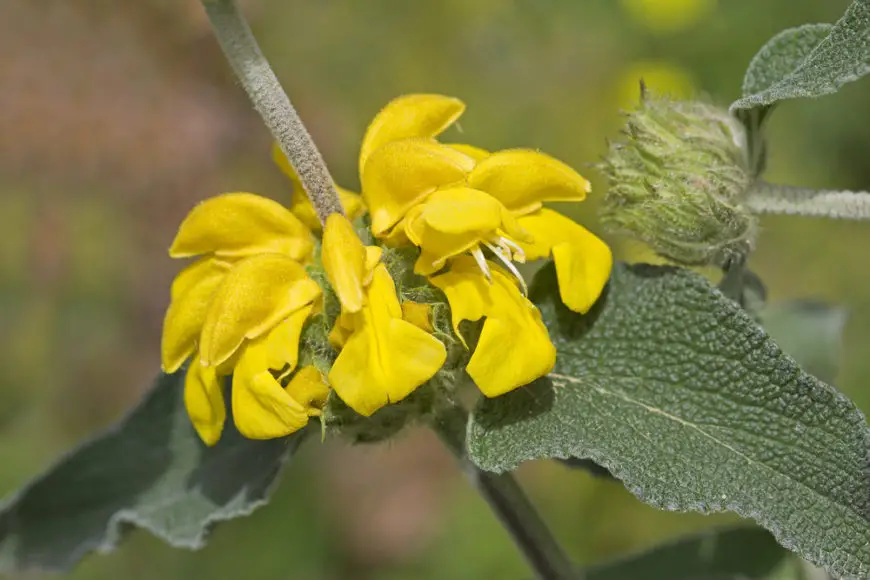
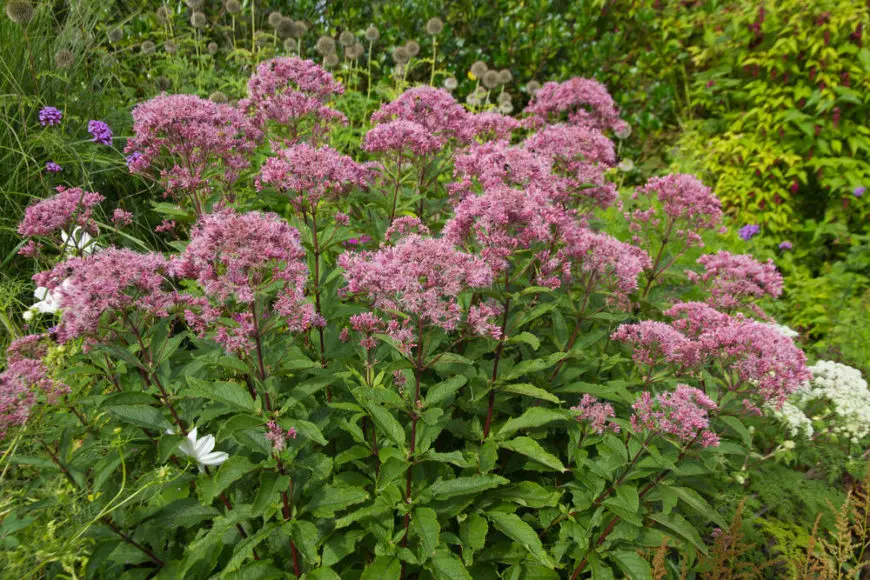
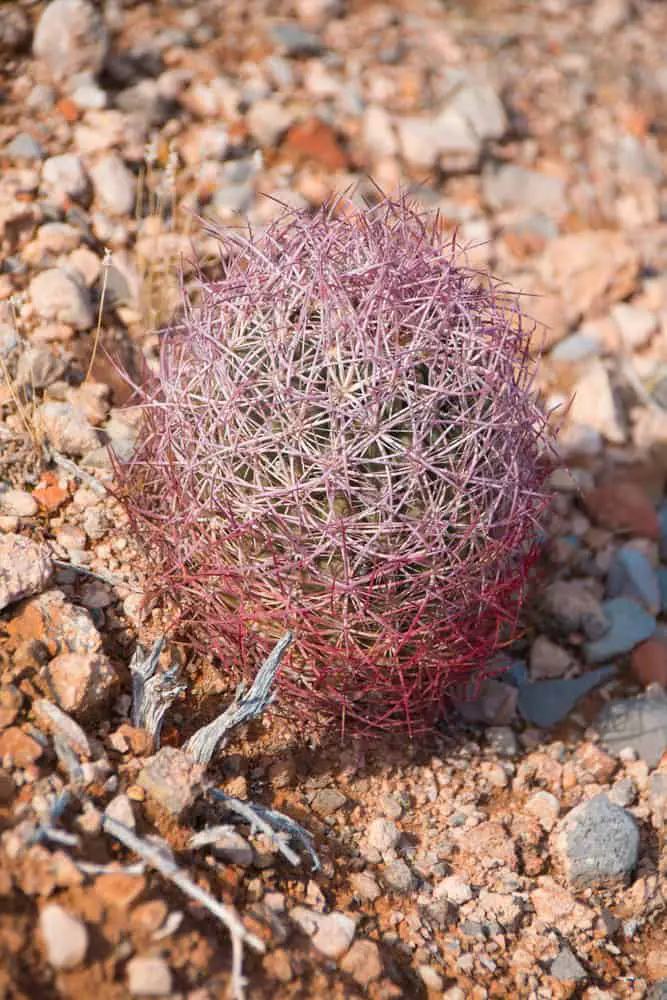
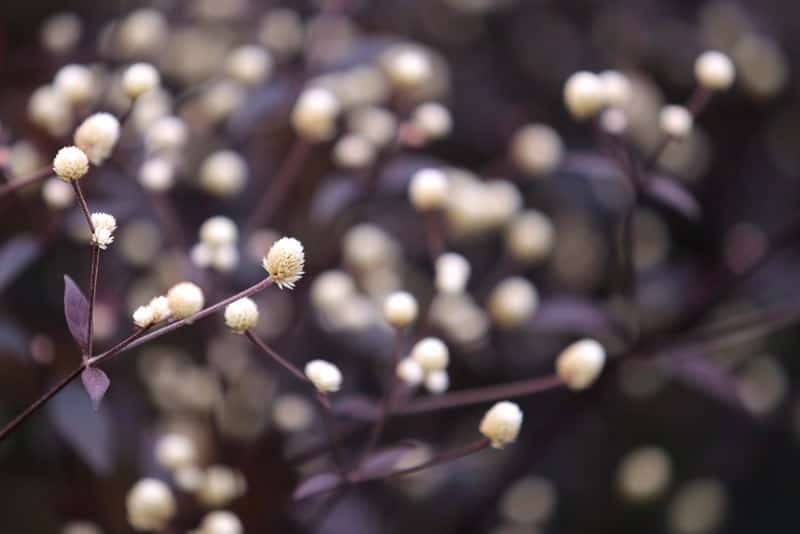
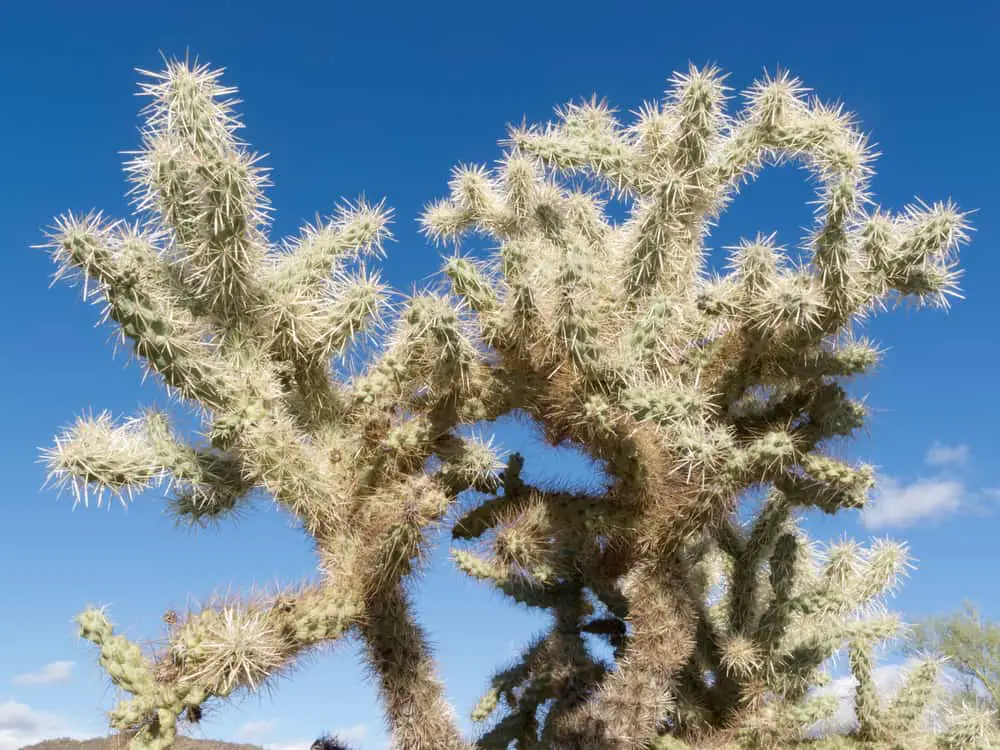
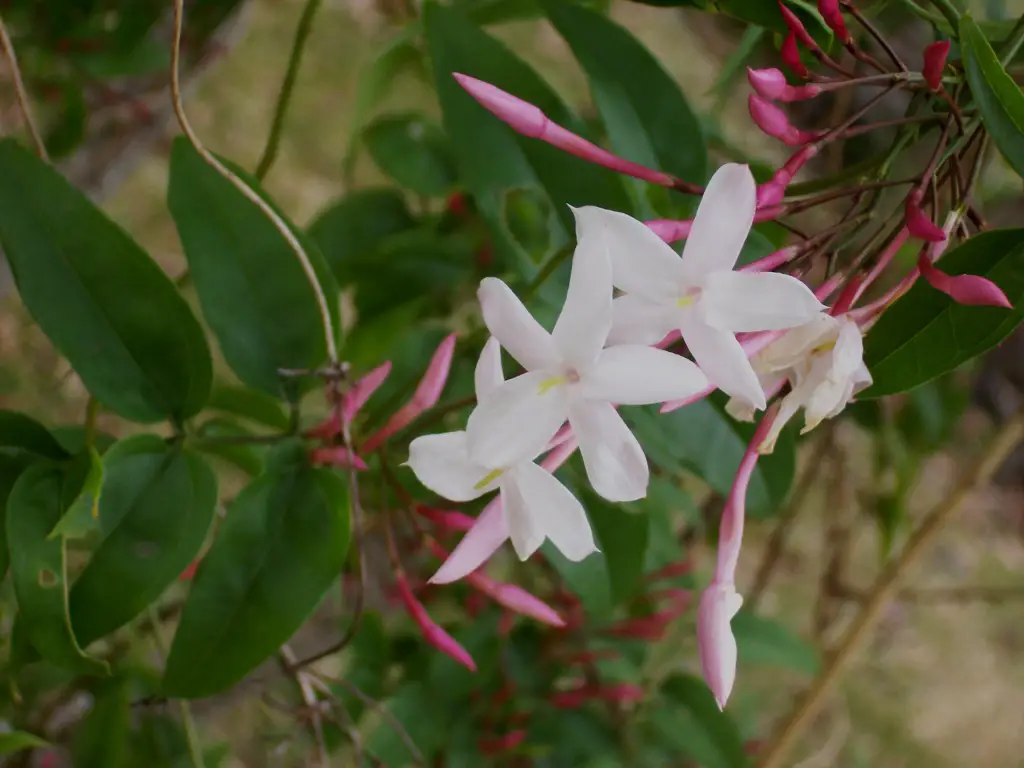
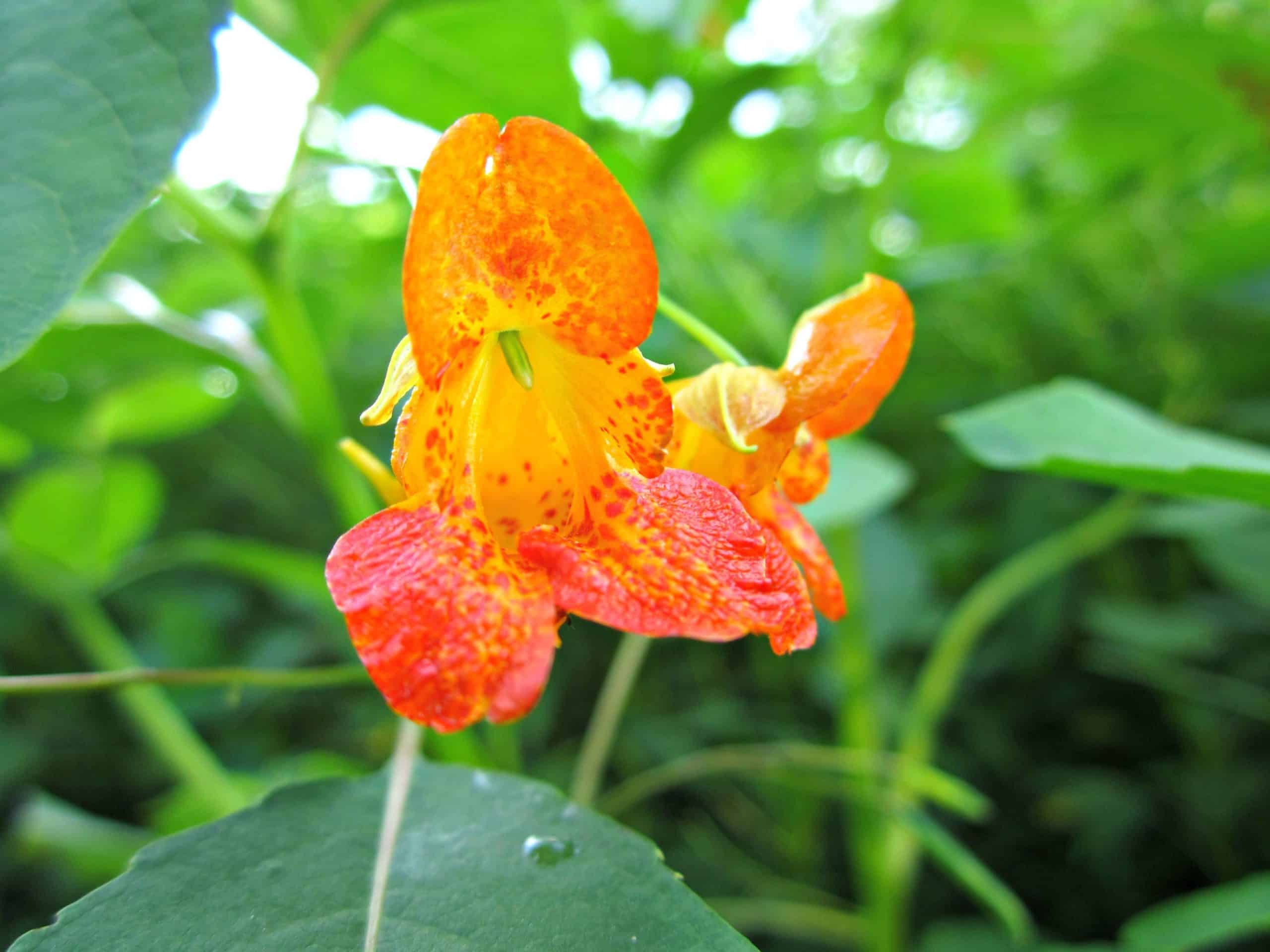
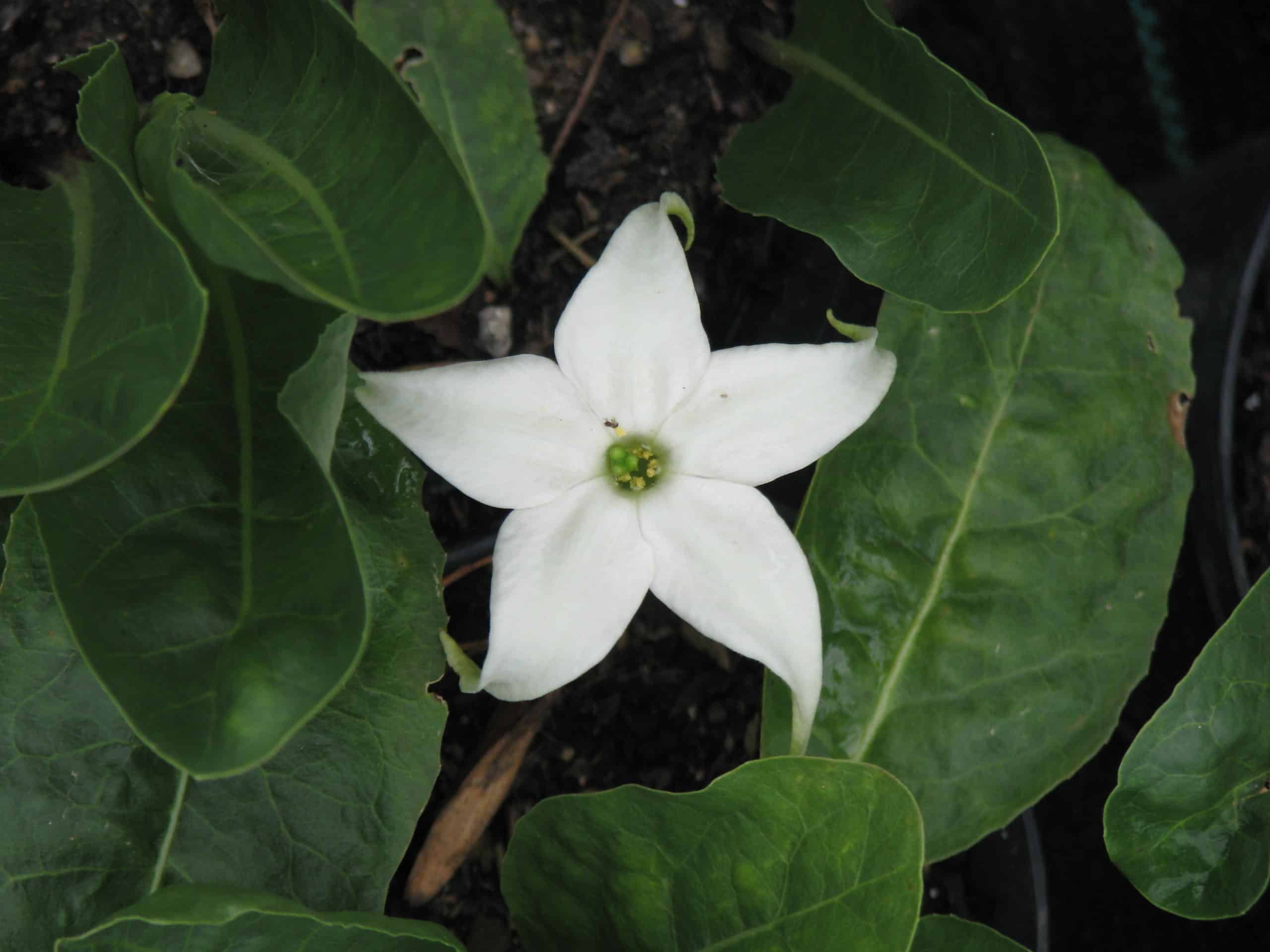
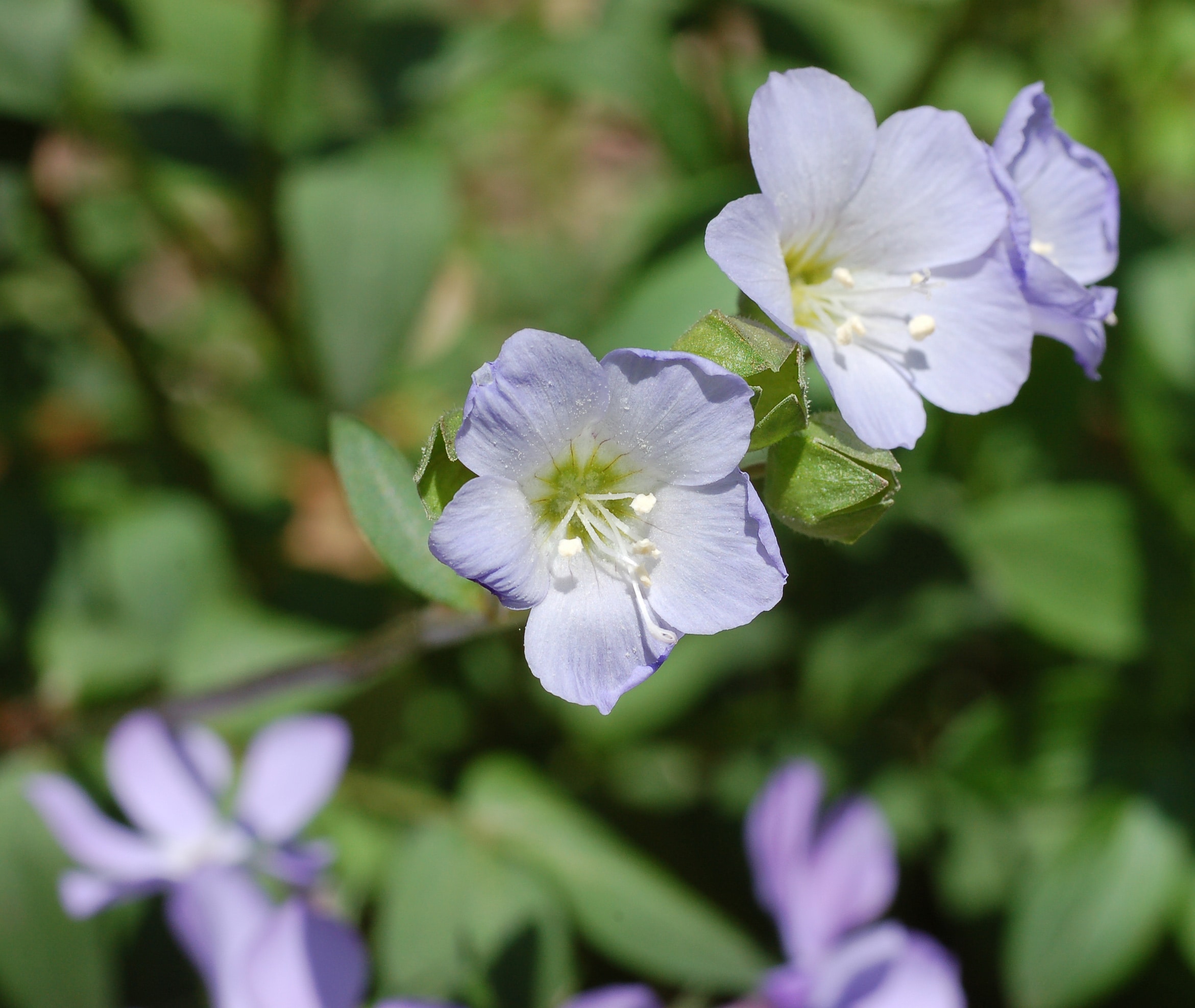
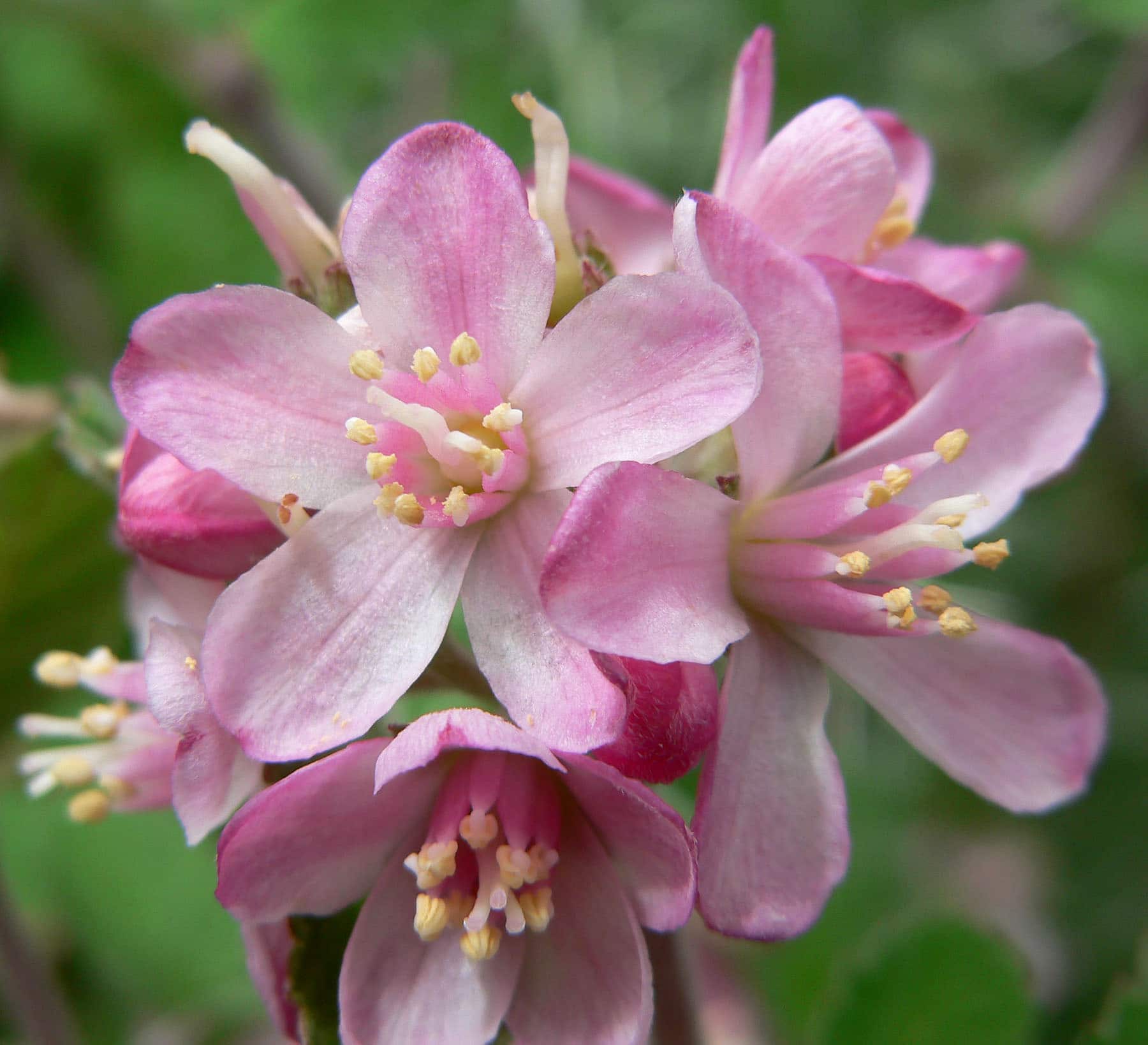
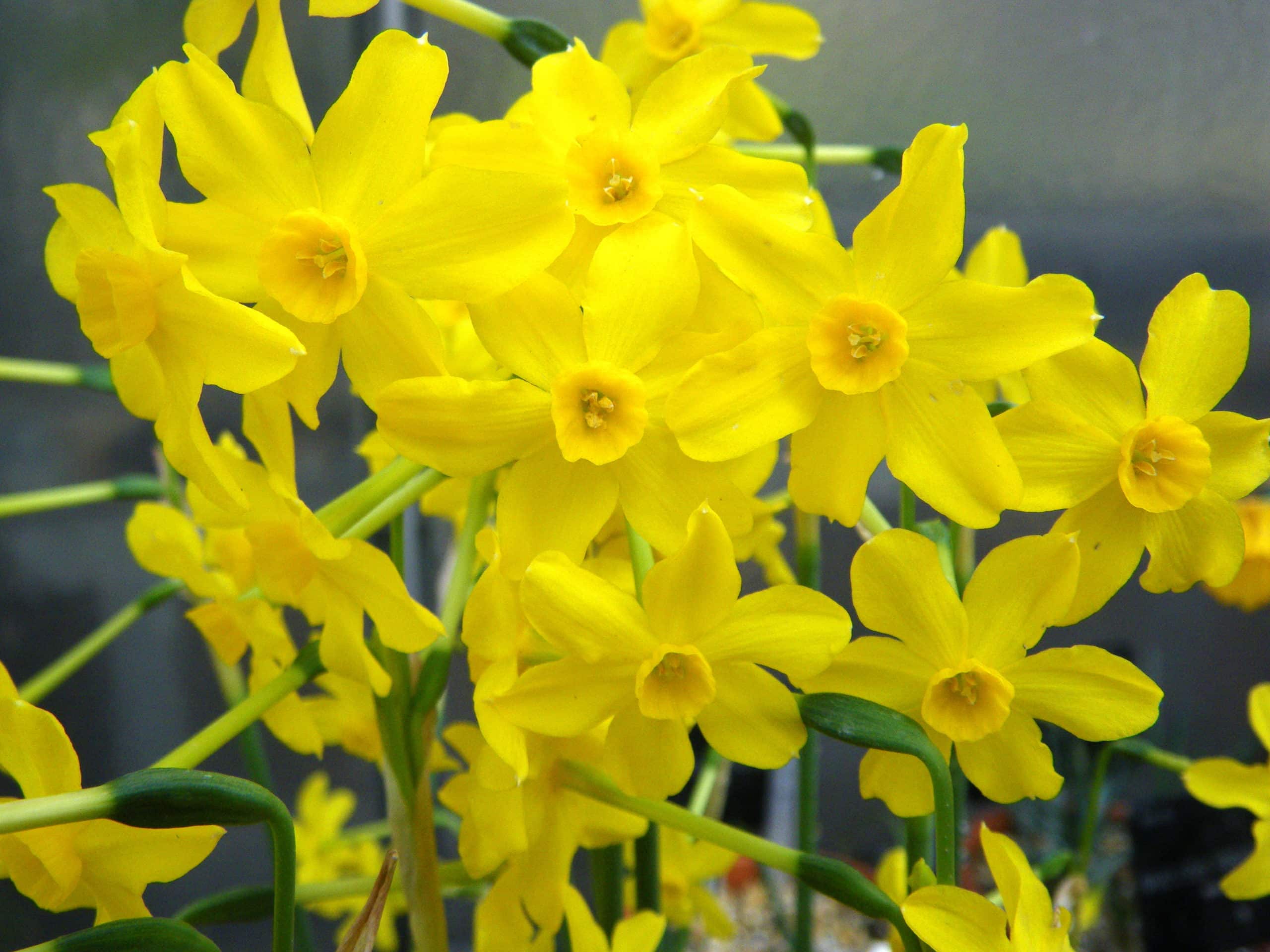
Jaborosa
Jaborosa (Nightshade) are all native to South America, where they are distributed from Peru to Patagonia.
Most occur in the Andes.
Most can be found in Argentina and ten are endemic to the country.
The Jaborosa plant has leaves that are 6-12 inches long and 2-3 inches wide, with white star shaped flowers.

Jacob’s Ladder
This perennial is a member of the Polemoniaceae family, which contains over 160 genera and 2,000 species.
The jacob’s ladder plant is a climbing vine that thrives in moist soil conditions, full sunlight, and grows well along the banks of water bodies.
They are known for their unique appearance which consists of bear claw-like leaves branching out from a center stalk.
They can grow to a height of 4 feet and their vines can spread up to 8 feet wide.
They produce cup-shaped, lavender-colored, or white flowers.
This plant will die in freezing temperatures but can survive in many climates by forming woody bases in its stems.

Jamesia Americana
Cliff Jamesia (Jamesia americana) Jamesia is a genus of just two surviving species of shrubby plants in the Hydrangea family (Hydrangeaceae) that is restricted to the Sierra Nevada and Rocky Mountains from California, Utah, and southern Wyoming to northern Mexico.
They produce delicate pink flowers.

Japanese Anemone
Many may mistake Japanese anemones as wildflowers, but they are actually classified as Anemone hupehensis.
They are hardy flowers that grow to about 2-4 inches tall and have around 6-10 blooms per plant.
Japanese anemones are native to East Asia but can be found in the United States growing along roadsides, forests, and gardens.
There are many types of Japanese anemone flower varietals to choose from including white Japanese anemones.
Japanese anemone plants bloom during late summer through fall depending on the climate, weather, and varietal.

Japanese Barberry
Japanese barberry is a type of Japanese plant in the family Berberidaceae.
They are ornamental plants that produce vibrant reddish-brown stems, red leaves and also fruit during the autumn.

Japanese Iris

Japanese Kerria
The Japanese plant Kerria japonica is a yellow-flowered deciduous flowering shrub that blooms profusely in early to late spring.
The Japanese Kerria plant has become a popular choice for homes and gardeners due to its ability to adapt well to a variety of environments and its showy flowers.
Plant Japanese Kerria where they will be protected from strong wind and afternoon sun, although it can do well with some afternoon shade.
A partially shaded area would suit the Japanese kerria plant best.

Japanese Toad Lily
The toad lily, or hairy toad lily, grows on shaded rocky cliffs and stream banks.
Their leaves are large and wide, clasping around the stem. Flowers are white and purple with hues of yellow.
And, yes, as the name suggests, you can find different types of toads and certain species of frogs hanging out on the lily pads.

Japanese Water Iris
The Japanese water iris (Iris ensata) is a beautiful Japanese flowering plant.
Its name comes from the fact that it is found in clear, shallow waters of lakes and ponds where its roots are planted in mud or sand.
It has sword-shaped leaves that grow up to 1 meter long with purple flowers that appear in June through August.
They are ideal for water gardens, Japanese gardens, or grown among pools and streams.

Jasmine
Jasmine is a genus of shrubs and vines in the olive family (Oleaceae). Jasminum, the true jasmine or Jasmine flower, is an ancient flowering plant.
It originates in Persia from the Himalayas and regions in China but is now cultivated worldwide.
Jasminum is widely cultivated for its attractive flowers and sweet fragrance.
It is also the National flower of Pakistan.

Jerusalem Artichoke
The Jerusalem artichoke is not related to Jerusalem, but it is closely related to the sunflower.
As they grow, these knobby tubers send a signal to other Jerusalem artichokes that a tuber is about to grow nearby, and the new tubers attach themselves to the old ones.
Jerusalem artichoke plants can cover an area of up to 10′ in diameter.
They are often eaten – and while you can do so raw, most people prefer to cook them in some way.
Jerusalem Artichoke tubers can be harvested and stored for up to a year in a cool area with good air circulation.
Sunchokes will grow all year-round but will experience a peak season in the fall to early spring.

Jerusalem Sage

Jewelweed
Jewelweed, also known as spotted touch-me-not or jewel weed, is a herb that is native to North America and it
It is widely available in the wild, but you can also purchase pure Jewelweed at most gardening stores.

Joe Pye Weed
Joe Pye Weed – also known as purple Joe-Pye weed, Joe Pye, or Jamestown weed – is a plant that originally grew in the wetlands of North America dating back to the 1700s.
Like many other plants from this area, Joe Pye Weed has been used for medicinal purposes by several different cultures.
It is also used for ornamental purposes and is on the list of threatened or endangered species in some states.

Johnson’s Beehive Cactus
Johnson’s Beehive Cactus is a small, globe-shaped cactus with several stems and numerous spines that grows flat on the ground.
It is found only in central Arizona and lives for about five years after blooming.
The Johnson’s Beehive Cactus has between 5 and 14 cone-shaped stems that grow up to 1 foot tall by 4 inches wide.
They are dark greenish-gray with transverse blackish bands of irregular width, giving the cactus a beaded appearance.

Jonquil

Joseph’s Coat

Jumping Cholla
Jumping Cholla (Cylindropuntia fulgida) is a cactus species with barbed spines.
The University of California reports Jumping Cholla to be an invasive species throughout Southern California, although Jumping Cholla is not considered a serious threat to the environment.
Jumping Cholla is a native cactus that has wide, flat stems and small spines about 5 to 10 millimeters in length.
Jumping Cholla can grow up to two feet across and one foot high with a minimum of three evenly spaced branches arising from the base of the plant.

If you like these flowers, you can check out our list of the best flower delivery services and have them delivered to your home.
